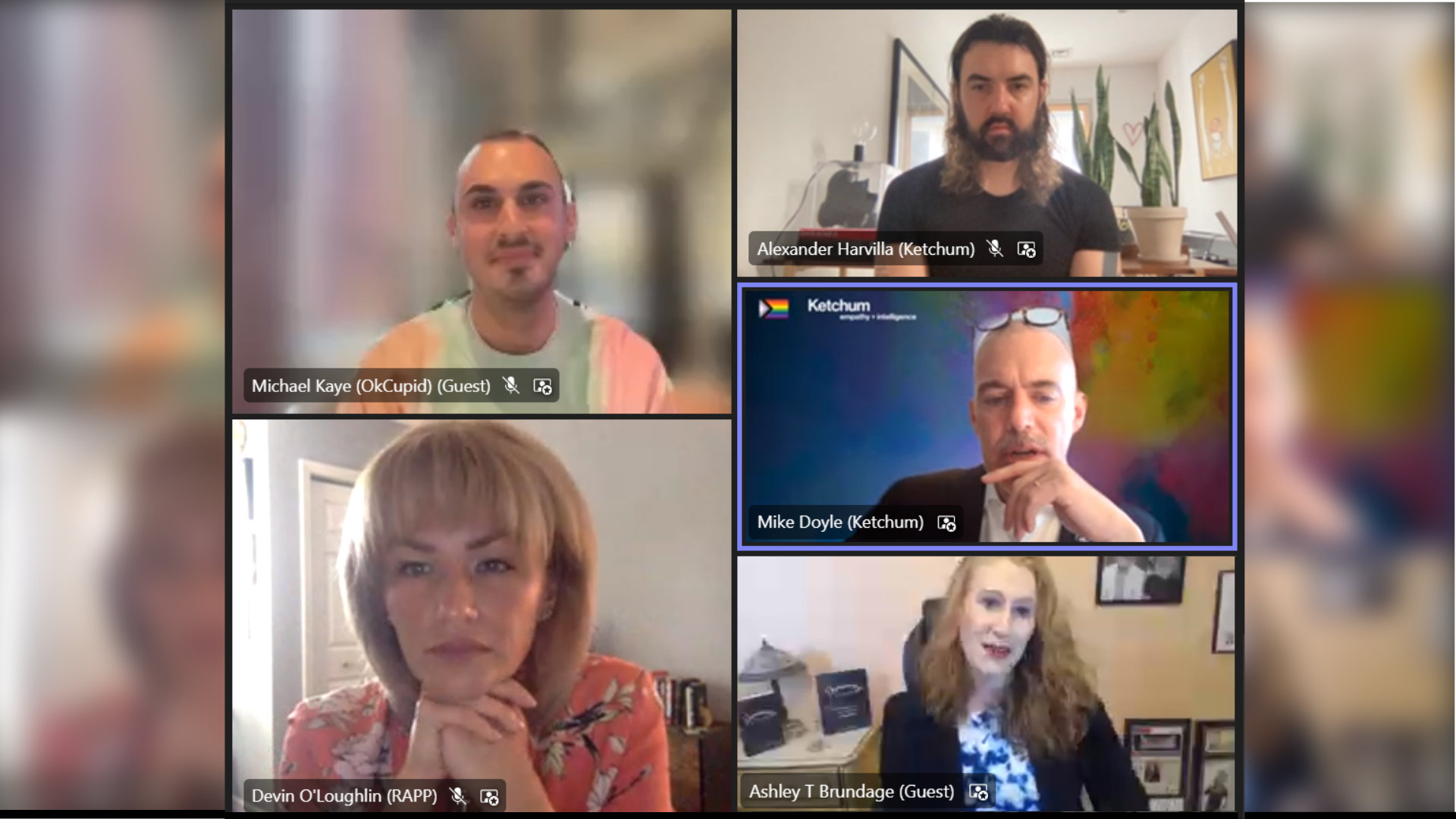 Many social media crises could be averted or diminished.
Many social media crises could be averted or diminished.
Digital communicators and marketers certainly know several tips about how to avoid one of the greatest fears of customers: the infamous “fail” hashtag, which inhibits investment and undermines reputations. But when a crisis happens, how to ensure that the damage is the lowest possible?
A recent study by the Altimeter Group indicates that most crises (76%) involving social media could be averted or diminished. According to the report, between 2007 and 2008 the number of high-profile media cases doubled and remained high in the last three years – about ten per year, in the United States. Even companies that have created advanced policies are unprepared due to the lack of technology and data integration: the monitoring tool does not talk to the CRM system, for example.
The definition of policies devoted to the social media channels held by the company, for instance, is a useful tool for the internal and external audiences. Guidelines for employee behavior on the Internet help prevent the workforce from harming its personal and professional images. The company must educate employees about these policies on an ongoing basis, share best practices and define processes.
Likewise, if a particular product or service is being questioned by consumers, it’s important to carefully select each word while delivering the message through its Facebook fan page. This, for example, is a way to ban unjustified attacks and insults to individuals and companies – a path to the resumption of a positive climate.
An effective monitoring system is also paramount, helping companies identify whether the defined policies are being followed, if there are trouble spots and who is responsible for the problems. If adverse events are found, you must define a strategy of action. Each crisis requires a particular course of action, but it is always important to have focus, agility and good judgement: prioritize the most influential channels, work only on the social media involved, and of course talk to anyone who is willing to do so – in general, there is openness for conversation and revision on the social web.
In a recent crisis, our monitoring system has identified 38 blogs that published posts disparaging a customer product with an adjective able to distort its features and damage its image. This, therefore, made the impact of social networks like Twitter, Facebook and Orkut irrelevant and allowed us to focus our efforts on the blogosphere.
At the end, 36 of the 38 blogs were reached. Fifteen of them published revised, new posts on the subject, including the most relevant ones – something that was very important to control the negative impact: many bloggers reproduced posts published by the three most influential blogs. Besides them, 21 blogs allowed comments with links to the official client positioning.
The strategy of publishing links brought an additional benefit. The page with the official content now ranks first when searching for the product in the Google Blog Search. Crisis management processes took place during 15 days and no negative reaction was identified. Acting fast, with strategy, planning and balance may quickly decrease the effect of possible #fails and ensure that your brand collect “Likes” again.


